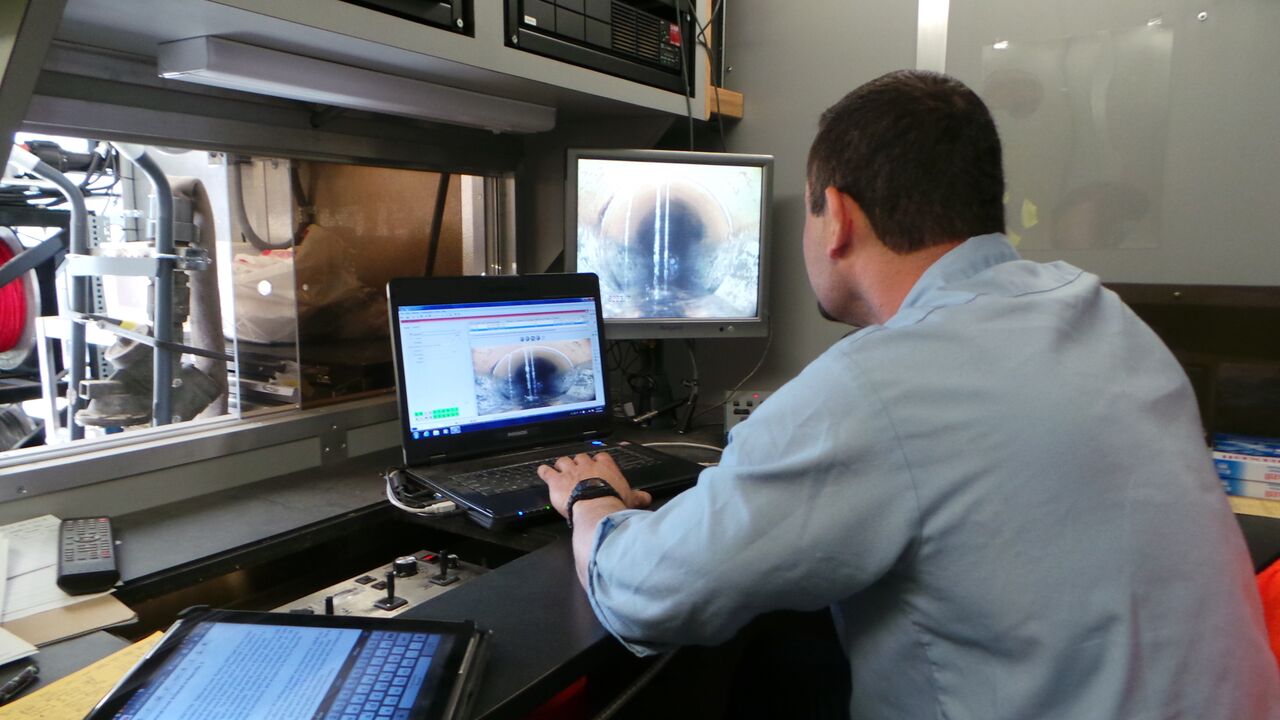Interested in Manholes?
Get Manholes articles, news and videos right in your inbox! Sign up now.
Manholes + Get AlertsGrout is probably the oldest material used to seal pipe joints. While grout serves a simple purpose, the variety and diversity of these crack-sealing materials address a number of soil, moisture and pipe material challenges.
Collections and distribution systems all have joints, and every joint is a potential leak site. Leaks in unpressurized pipes can be inside to outside or outside to inside. Both kinds are bad. Inside-out leaks deliver wastewater to the area around the pipe through the failed joints. This liquid can then flow through the pipeline's trench and contaminate the groundwater, emerge onto the surface or flow into surface waters.
Outside-in leaks can allow flow into the pipe at a bad joint. These leaks deliver far more water to the wastewater treatment plant than was purposefully flushed down the toilet/sink, etc. This drives up treatment costs and may force the plant owner to accommodate and treat all of the needless flow.
Leaky joints can be resealed from the inside or the outside. Using grout for filling cracks at pipe joints is a common practice; after a successful grout repair, the majority of the grout material will be found immediately outside the joint.
Cement vs. chemical
Specialty grouts have been formulated for a variety of pipe materials and soil properties. Avanti International, a Texas-based grout manufacturer, has developed grouts from two significantly different groups of parent materials.

The view from inside a grout truck where an operator from National Power Rodding inspects a mainline with a CCTV camera
These crack-filling grouts are classified into two broad groups: cement grout and chemical grout. Both deliver tiny particles suspended in a fluid carrier to the leak site.
Grout can be forced through the failed joint into the voids in the surrounding aggregate or the soil matrix. The degree of grout penetration into the surrounding soil is related to the solid particles’ size and the grout’s ability to remain in its slurry form under extreme pressure so that the material can be delivered where it will be most effective.
Cement grout’s solid particles are made from finely ground Portland cement. Chemical grout’s solid particles are made from specifically formulated chemicals. Through the fluid’s curing process, the Portland cement or chemicals harden in place, forming the leak-stopping seal. In either case, the grout congeals, filling all of the voids, cracks, fissures and pore space. This prevents further liquid movement. No voids means no leakage.
While joints can be grouted from the outside, finding pipe joints under pavement and backfill is not practical. Sealing manholes from the outside, however, is more easily accomplished since every manhole can be located on the surface. The process is much the same except the manhole is in a vertical orientation. For leak sealing, the process starts at the bottom and works toward the surface.
In addition to joints in straight pipe runs and at manholes, lateral connections — made at the time of initial installation or later due to growth demands — can also create leak sites. Grouting is a viable sealing process for these locations as well.
Several manufacturers offer a variety of grouts for these purposes. Some also offer the training necessary to locate, prepare and repair the various types of joints encountered.






